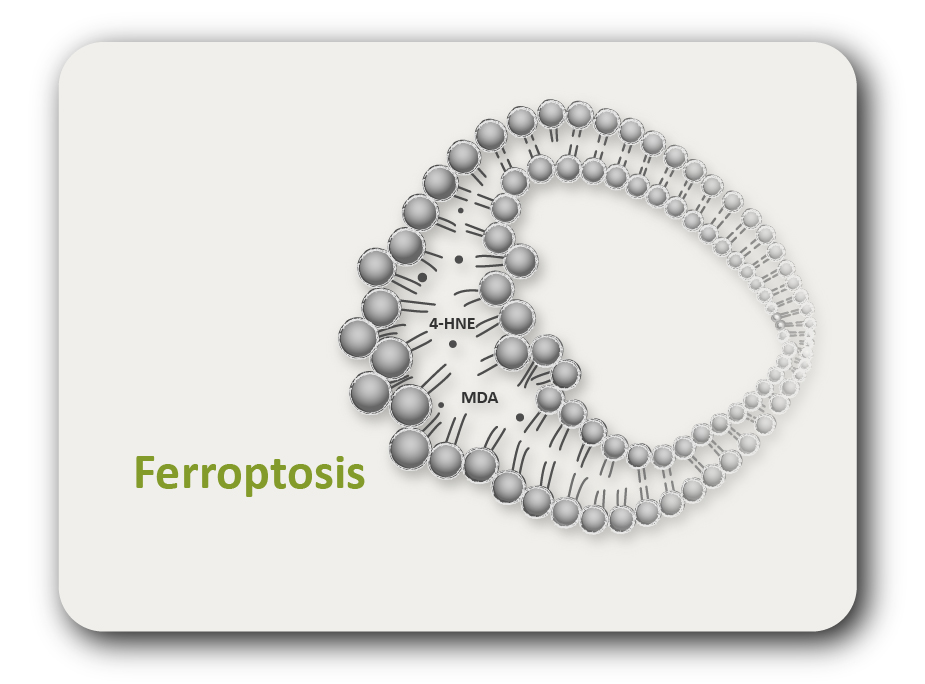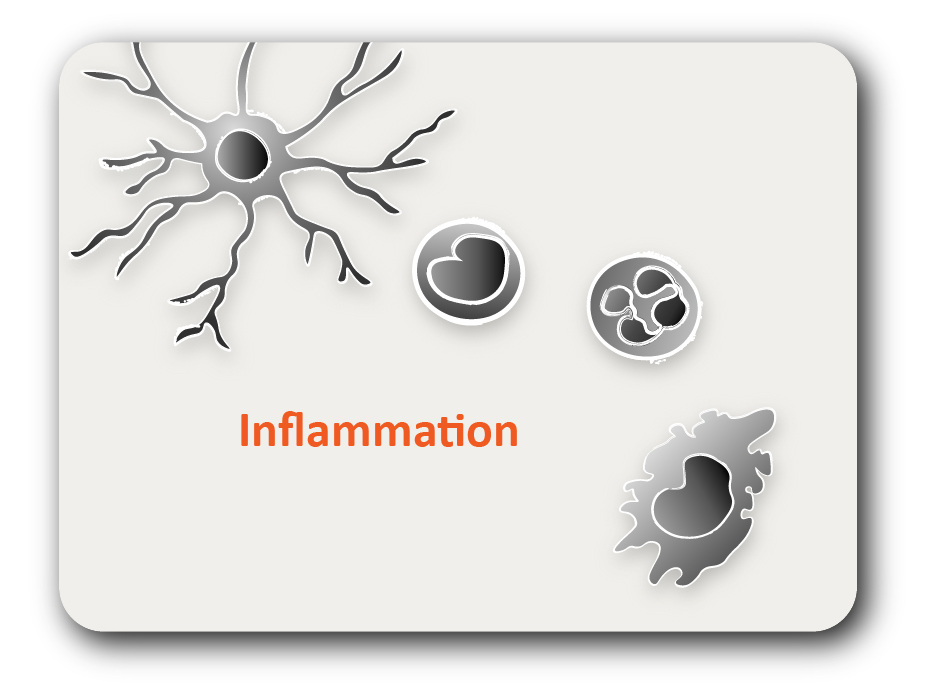ARG45335
anti-Cathepsin L / MEP antibody [5G14]
anti-Cathepsin L / MEP antibody [5G14] for IHC-Formalin-fixed paraffin-embedded sections and Mouse
Overview
| Product Description | Rat Monoclonal antibody [5G14] recognizes Cathepsin L / MEP |
|---|---|
| Tested Reactivity | Ms |
| Tested Application | IHC-P |
| Host | Rat |
| Clonality | Monoclonal |
| Clone | 5G14 |
| Isotype | IgG2 |
| Target Name | Cathepsin L / MEP |
| Antigen Species | Mouse |
| Immunogen | Recombinant Mouse Cathepsin L / MEP. |
| Conjugation | Un-conjugated |
| Alternate Names | CTSL; Cathepsin L; Cathepsin L1; CTSL1; Major Excreted Protein; Procathepsin L; EC; FLJ31037; MEP; CATL |
Application Instructions
| Application Suggestion |
|
||||
|---|---|---|---|---|---|
| Application Note | * The dilutions indicate recommended starting dilutions and the optimal dilutions or concentrations should be determined by the scientist. |
Properties
| Form | Liquid |
|---|---|
| Purification | Protein G/A chromatography |
| Buffer | PBS |
| Concentration | 0.2 mg/ml |
| Storage Instruction | For continuous use, store undiluted antibody at 2-8°C for up to a week. For long-term storage, aliquot and store at -20°C or below. Storage in frost free freezers is not recommended. Avoid repeated freeze/thaw cycles. Suggest spin the vial prior to opening. The antibody solution should be gently mixed before use. |
| Note | For laboratory research only, not for drug, diagnostic or other use. |
Bioinformation
| Database Links | |
|---|---|
| Gene Symbol | CTSL |
| Gene Full Name | Cathepsin L |
| Background | The protein encoded by this gene is a lysosomal cysteine proteinase that plays a major role in intracellular protein catabolism. Its substrates include collagen and elastin, as well as alpha-1 protease inhibitor, a major controlling element of neutrophil elastase activity. The encoded protein has been implicated in several pathologic processes, including myofibril necrosis in myopathies and in myocardial ischemia, and in the renal tubular response to proteinuria. This protein, which is a member of the peptidase C1 family, is a dimer composed of disulfide-linked heavy and light chains, both produced from a single protein precursor. Additionally, this protein cleaves the S1 subunit of the SARS-CoV-2 spike protein, which is necessary for entry of the virus into the cell. [provided by RefSeq, Aug 2020] |
| Function | Thiol protease important for the overall degradation of proteins in lysosomes (Probable). Plays a critical for normal cellular functions such as general protein turnover, antigen processing and bone remodeling. Involved in the solubilization of cross-linked TG/thyroglobulin and in the subsequent release of thyroid hormone thyroxine (T4) by limited proteolysis of TG/thyroglobulin in the thyroid follicle lumen. [UniProt] |
| Cellular Localization | Cell membrane; Cytoplasmic vesicle; Lysosome; Membrane; Nucleus; Secreted. [UniProt] |
| Calculated MW | 38 kDa |
| PTM | Disulfide bond; Glycoprotein; Zymogen. [UniProt] |
Images (1) Click the Picture to Zoom In





